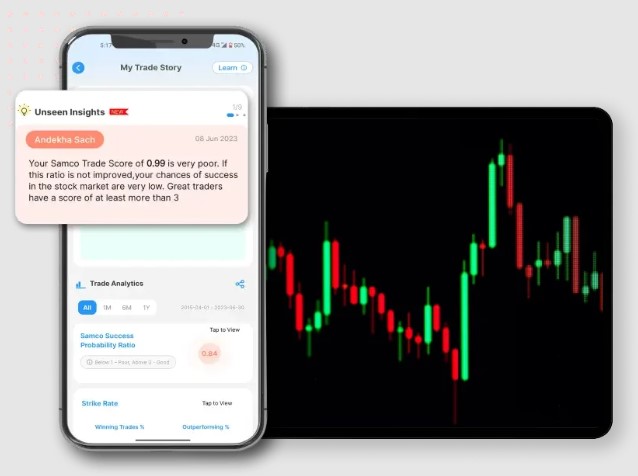
Climate-change risk is present in nearly every industry – so ubiquitous, in fact, that investors cannot diversify away from it. That means that investors must learn how to manage the risk in both their equity and fixed-income portfolios.
We spoke with Ognjen Sosa, chief investment officer at Breckinridge Capital Advisors, an asset management firm specializing in investment-grade fixed income and environmental, sustainable and governance, or ESG, integration. The asset manager focused its 2021 issuer engagement program on climate-change risk, speaking with nearly 60 subject matter experts in addition to the routine interactions its analysts have during security research and selection for their fixed-income portfolios. Sosa shares how financial advisors and investors should think about climate-change risk in fixed-income portfolios.
How is climate-change risk a risk multiplier for corporate, municipal and securitized bonds?
Climate risk is sometimes suggestive of higher event risk or a more challenging long-term credit environment.
For example, in the municipal bond market, communities in one coastal state face higher-than-average, climate-driven disaster risks relative to U.S. peers. Right now, most issuers are insulated from disaster risk: The population is growing, most communities have strong reserves, and states’ catastrophe funds and subsidized federal flood insurance insulate many homeowners from material credit risk in the wake of a hurricane or extreme flooding.
But the insurance environment may become less generous. Some communities may become less likely to rebuild certain areas of their tax bases after large storms. Issuers with lower reserves and less ability to finance infrastructure hardening will be more at risk as climate change accelerates.
Corporations face physical climate risks. For instance, the real estate sector has heavy investments in coastal office properties that may be at risk from rising sea levels. Corporations that do not consider climate change may miss out on growth opportunities as the world transitions to a low- or no-carbon future. Utilities that miss out on renewable energy investments may have longer-term growth challenges as fossil fuel power plants decline in utilization.
Energy companies may face rising risks and opportunities related to climate transition as their business model shifts in response to investors and regulators. Large U.S. bank lenders to the energy sector may also face risk and opportunities through better pricing carbon risk and financing green energy.
Securitized bonds also face risks associated with climate change. For mortgage-backed securities, properties backed by underlying mortgage pools are subject to risks from droughts, wildfires or flooding.
How does climate-change risk impact fixed income specifically?
Climate-change risk – in addition to inflation risk, credit risk, default risk and liquidity risk – is another long-term risk for fixed-income investors that should be considered and ideally be priced and managed.
Specifically, climate-change risk can impact creditworthiness and the ability of a borrower to repay fixed obligations as they come due over time. Climate-transition risk can render certain assets stranded or business segments obsolete, which could also impact cash flows, creditworthiness and the ability of an issuer to pay back fixed-income instruments.
How should financial advisors incorporate climate change in their clients’ fixed income portfolios?
Advisors may want to explore with clients their concerns about climate change and their investments.
The advisors can make appropriate recommendations of strategies that reflect a client’s risk tolerance, investing horizons and financial goals while integrating the client’s views on climate risk. For example, strategies that are centered on fossil-fuel-free or values-based themes may align with the investor’s goals.
Finally, monitor and report to clients on the performance of their climate-risk-related allocations. Look for specific data within the selected portfolios that are responsive to the client’s climate-change concerns, as revealed during the initial fact-finding discussions.
Disclosure around climate risk continues to be a challenge for investors and advisors. How can financial advisors address this challenge?
Look for asset managers experienced in climate-related investing. Managers who can explain how their investment process integrates ESG risk analysis and climate-risk considerations typically can point to a repeatable approach to security selection. This also helps to avoid investment approaches that are potentially inauthentic – so-called “greenwashing.”
Select managers who report performance in accordance with climate-related objectives. This can facilitate personalization as the advisor subsequently monitors and discloses performance.
Finally, look for asset managers that demonstrate commitment to sustainability in their own operations. Ask, “Do you produce an annual corporate sustainability report? Do you report according to protocols provided by the United Nations or the Task Force on Climate-Related Financial Disclosures, for example?” These can be additional indicators of commitment.







